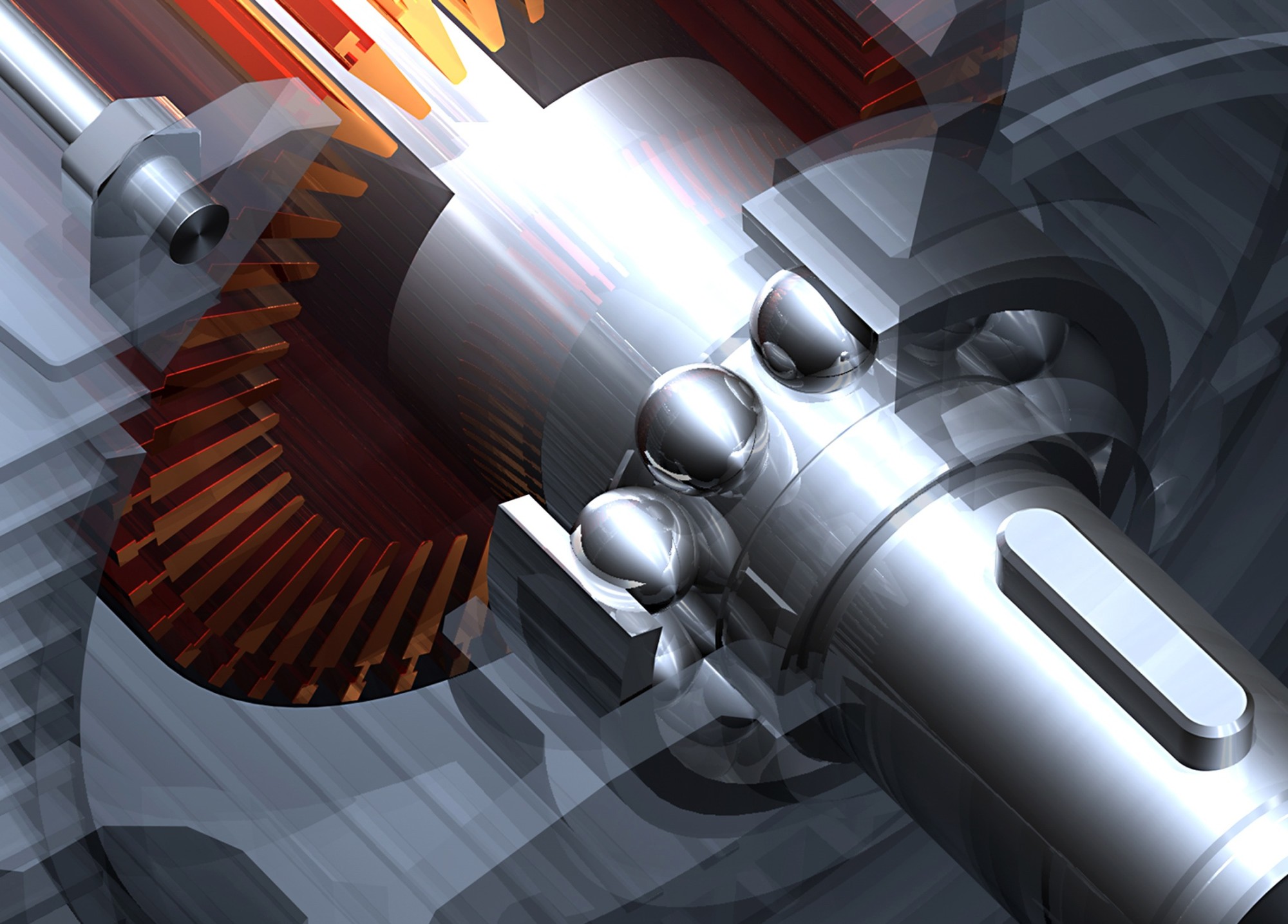Ball vs. Rod Mill: What’s Better for Grinding?
Do you run a mining, chemicals, or materials business? Or do you just have raw materials you need to ground into a new substance?
You must know about ball vs rod mill grinding. This can decide the quality of your product and how much effort you put into achieving it.
Below, we discuss how you can work towards the best grinding outcomes with either ball or rod mills. Let’s get started!
Grinding Efficiency
Ball and rod mills both create an optimal grinding experience. Ball mills are typically used when the particle size of the material to grind is small. This allows the particles to be enclosed within the milling chamber.
Rod mills are used when the particle size of the material to grind is large. This allows the material to be less confined within the mill chamber, ensuring a more “natural” grind.
Particle Size Distribution
Ball and rod mills are grinding mills commonly used in mining, construction, and chemical industries. The difference between the two lies in their design and operation.
A ball mill consists of a cylindrical shell rotating horizontally, while a rod mill has a more elongated body rotating horizontally but at a lower speed. The speed at which the material is affected by particle size distribution differs in both cases.
Ball mill is the preferred choice where a finer product is required with a tight particle size distribution. It achieves this faster because of its larger surface area and the smaller size of particles. On the other hand, rod mills are more proper when a coarser product uniform as particle size distribution is needed.
Energy Consumption
Ball mills offer a lower energy storage capacity than rod mills, and balls take up more space than rods. This means the overall cost is typically higher for ball mills. Ball mills are generally used for wet grinding due to their greater energy efficiency.
On the other hand, rod mills are better for grinding dry materials. As for energy consumption, ball mills consume more energy but offer better performance as their mill balls can break down and grind more material in shorter periods. Rod mills are less energy intensive but grind more slowly.
Maintenance Requirements
Maintenance requirements should be considered when evaluating whether a ball or rod mill is better for grinding. Ball mills need more maintenance, as moving parts wear down and need lubrication, increasing overall costs.
Rod mills need minimal to no maintenance and are generally simpler and more cost-effective. They require less energy than ball mills, and because of their simple construction, there is less risk of over-grinding or clogging.
It depends on your individual needs and budget, but overall, rod mills require less maintenance than ball mills.
Exploring the Advantages of a Ball Mill and Rod Mill
The best mill for grinding depends on the material to grind. Consider the material to grind and the size of the project when deciding which mill is best for you.
Get started now and explore the advantages of using a Ball Mill or Rod Mill for your grinding project.
Did you find this article helpful? Check out the rest of our blogs!






